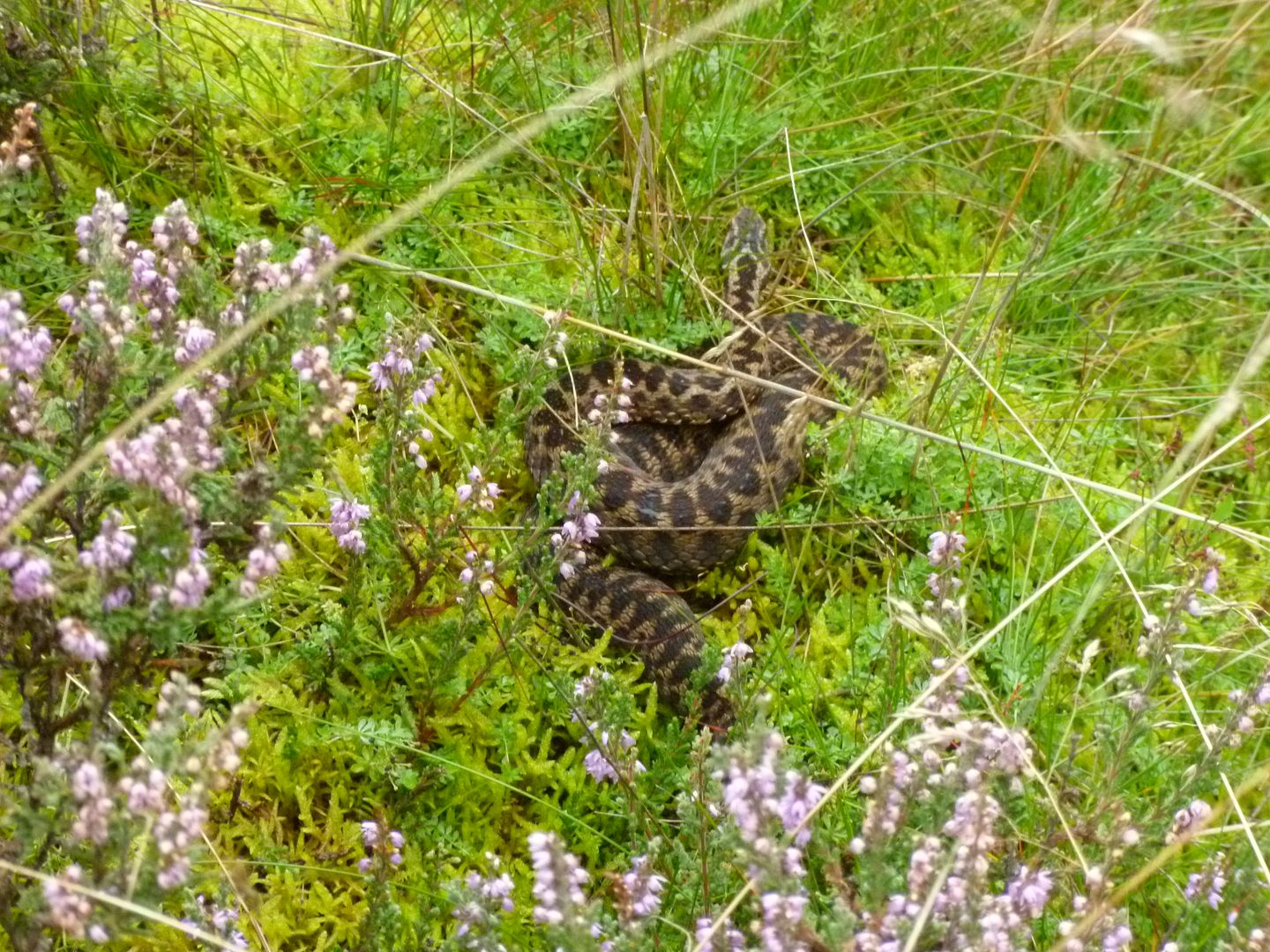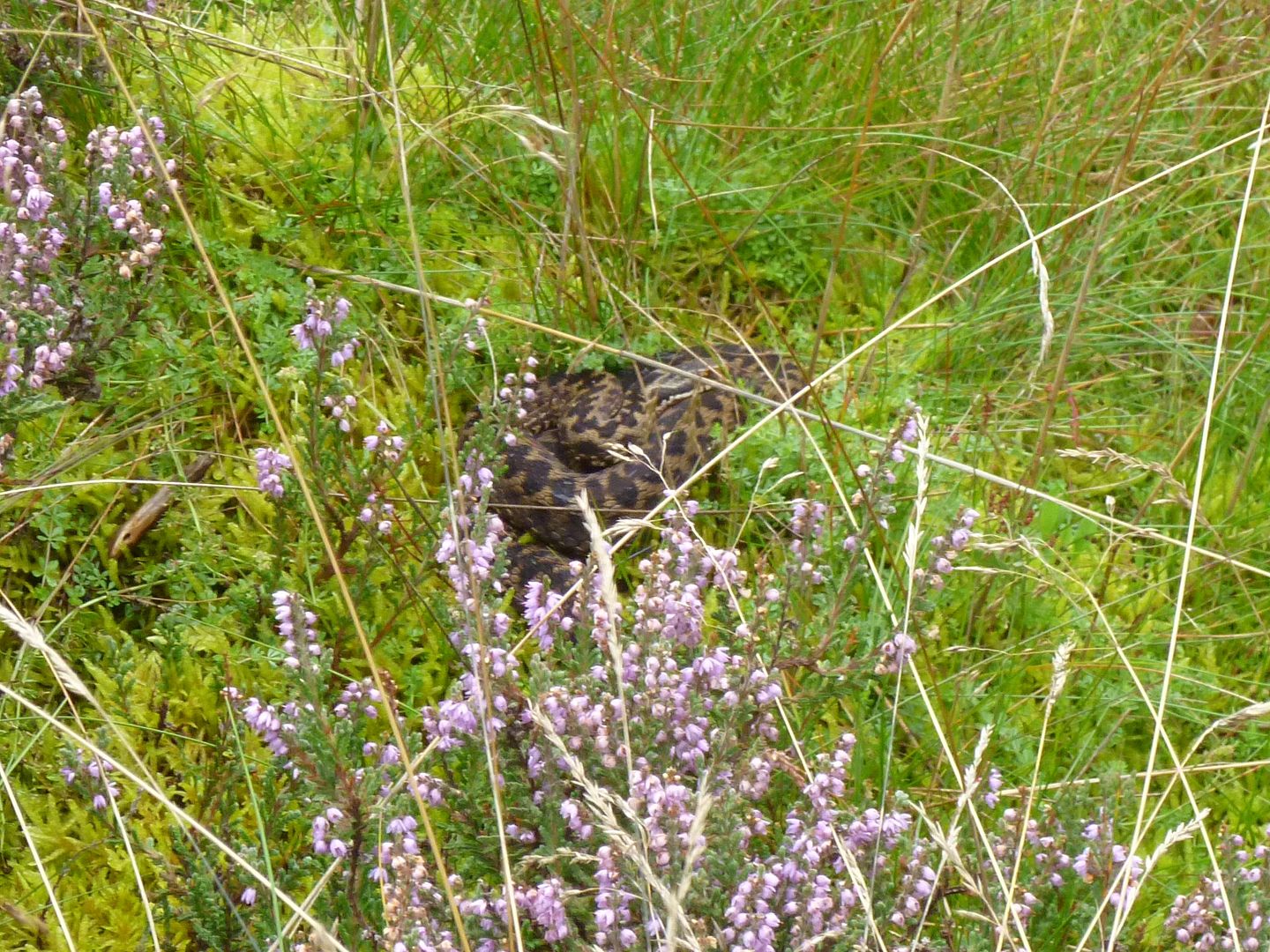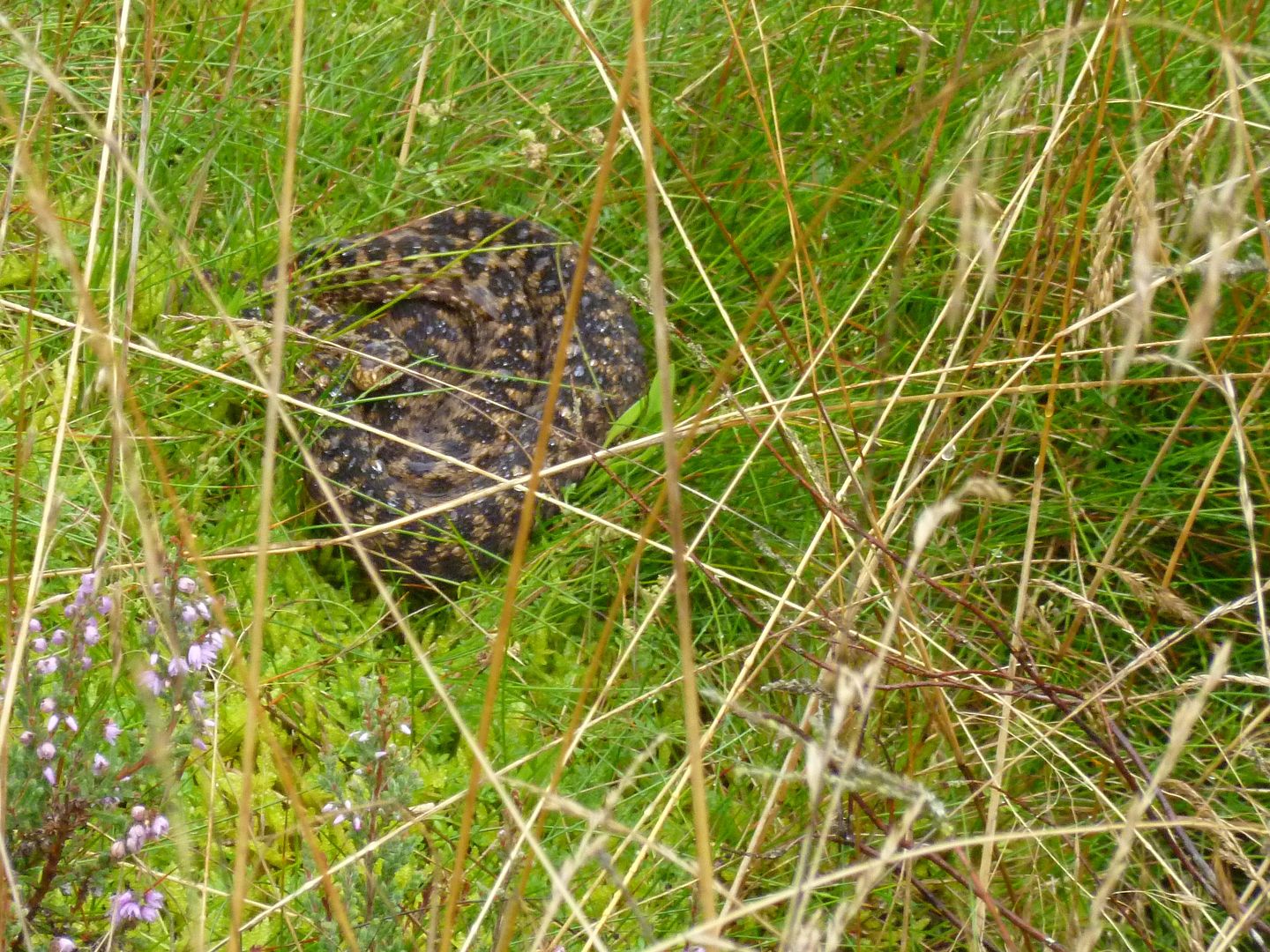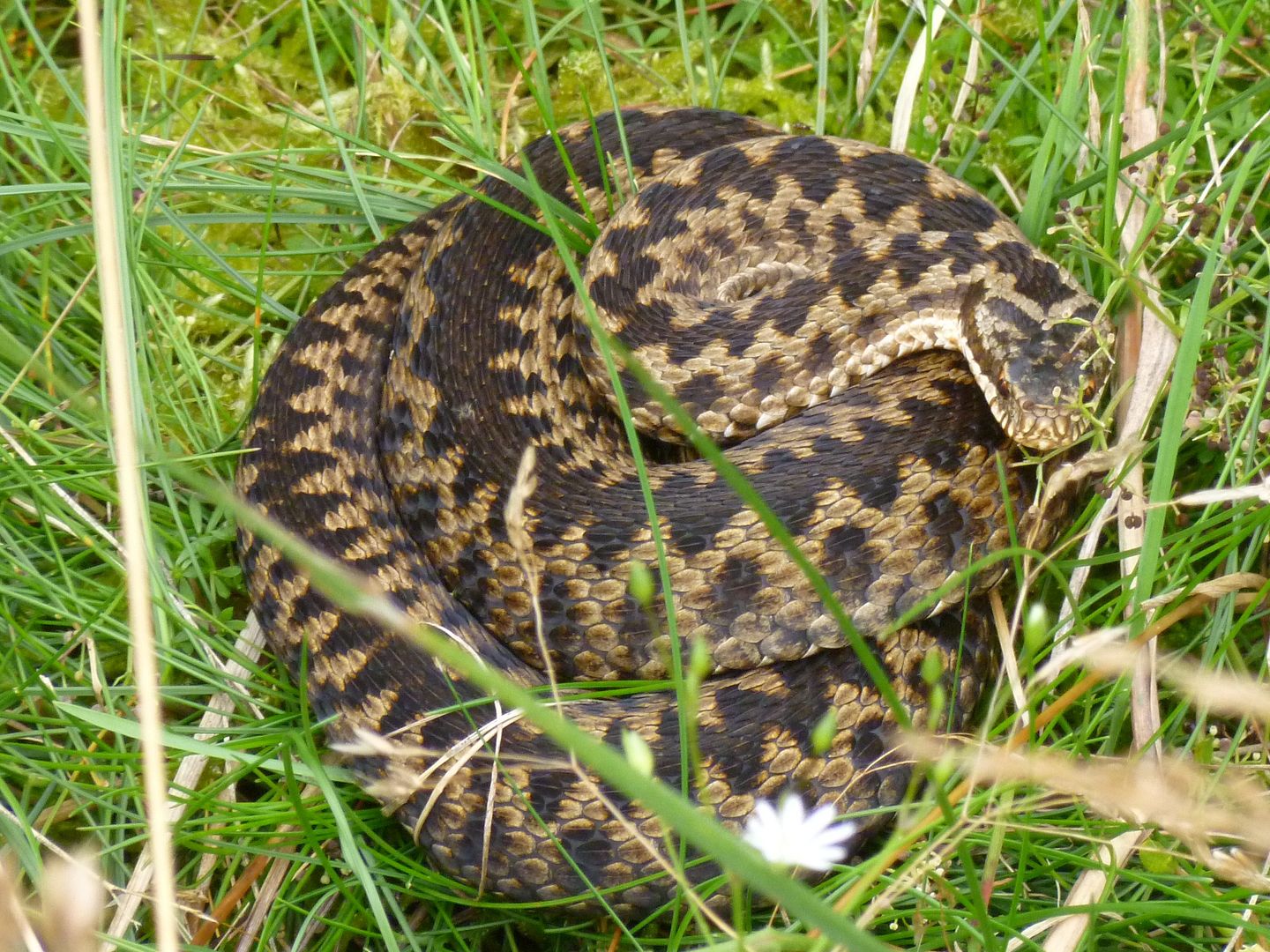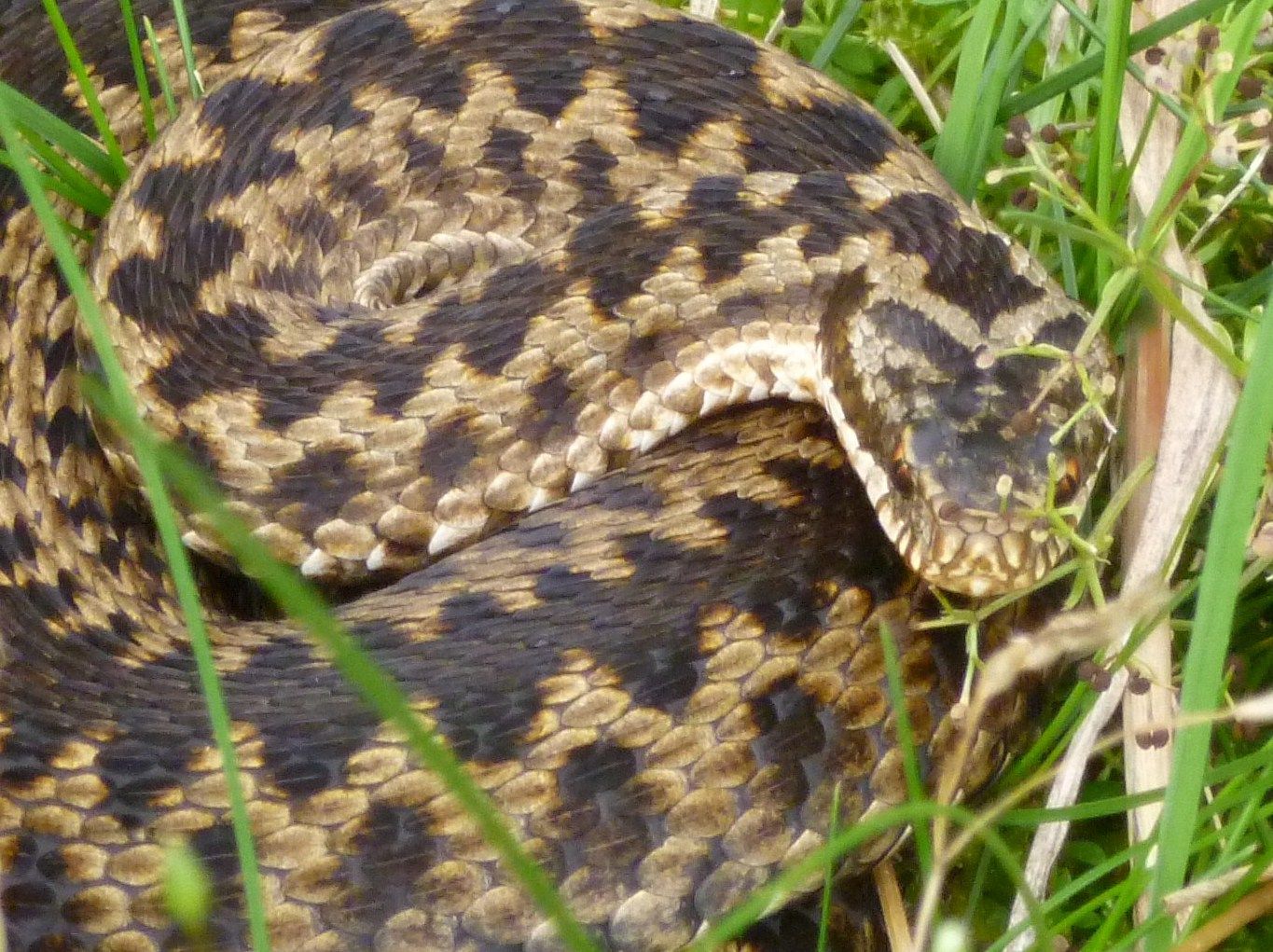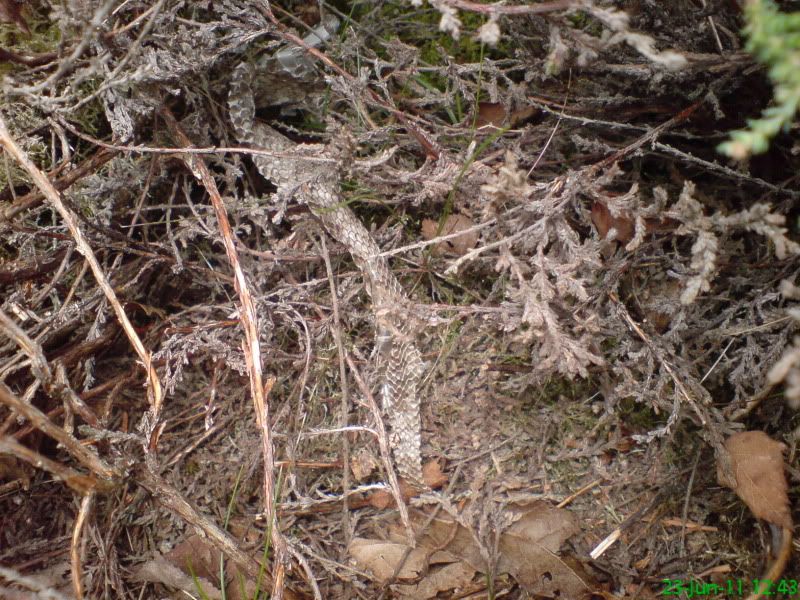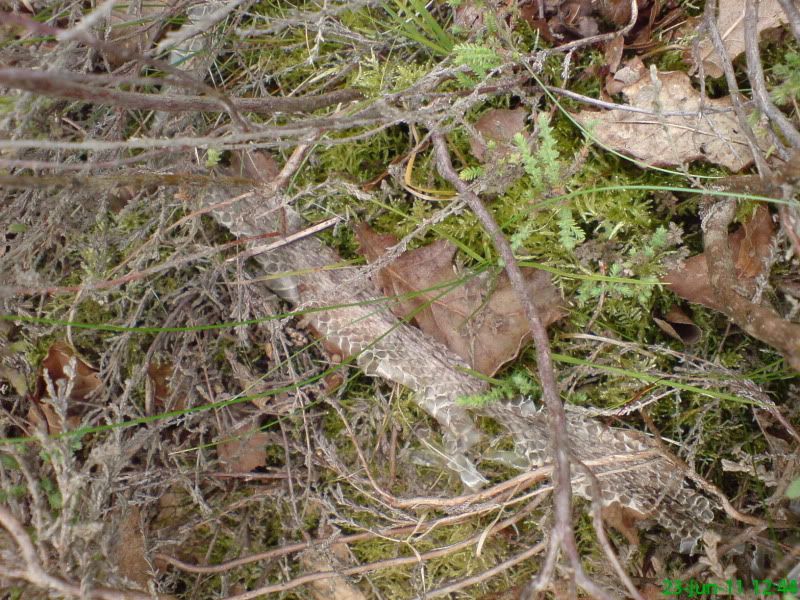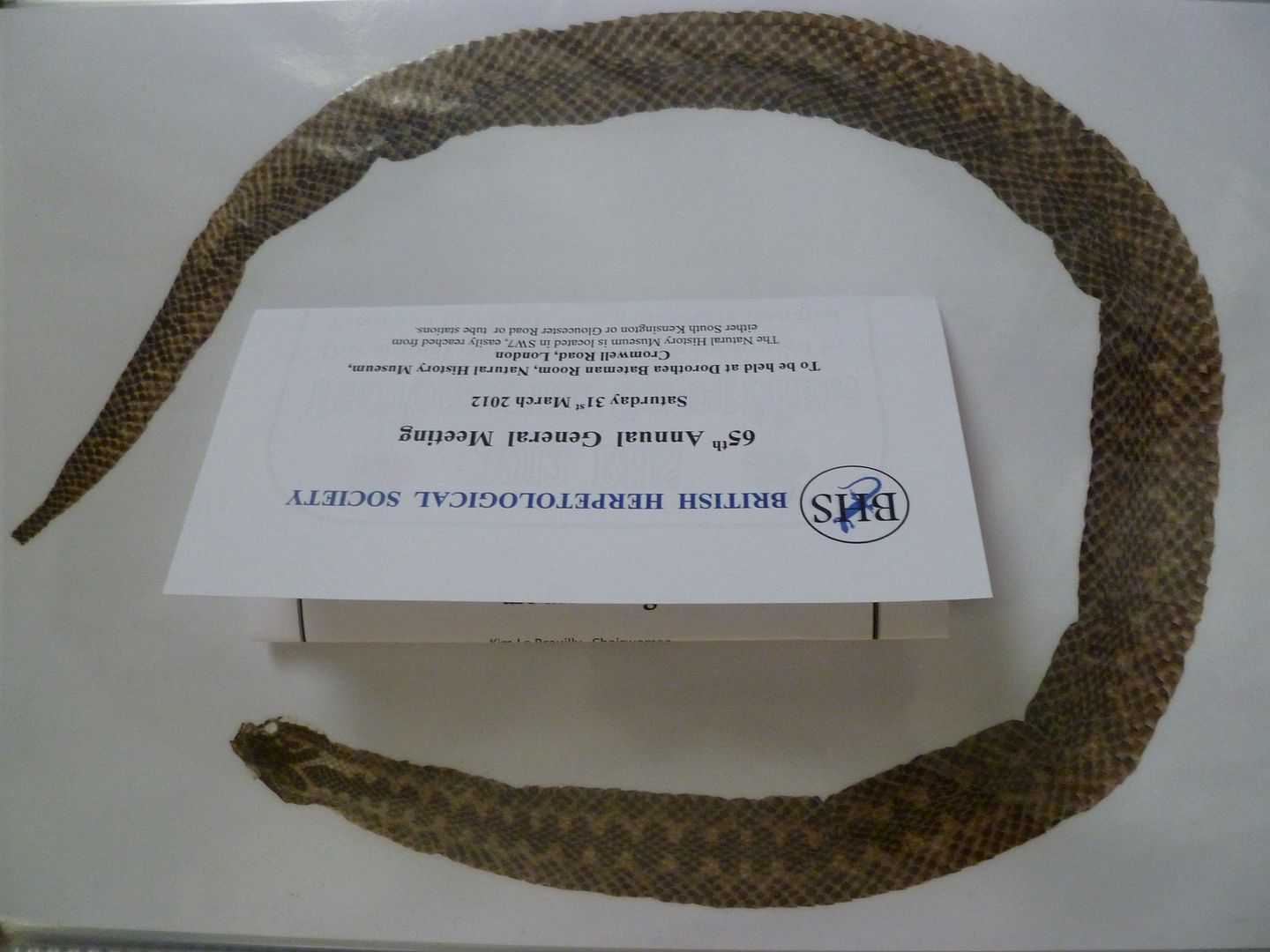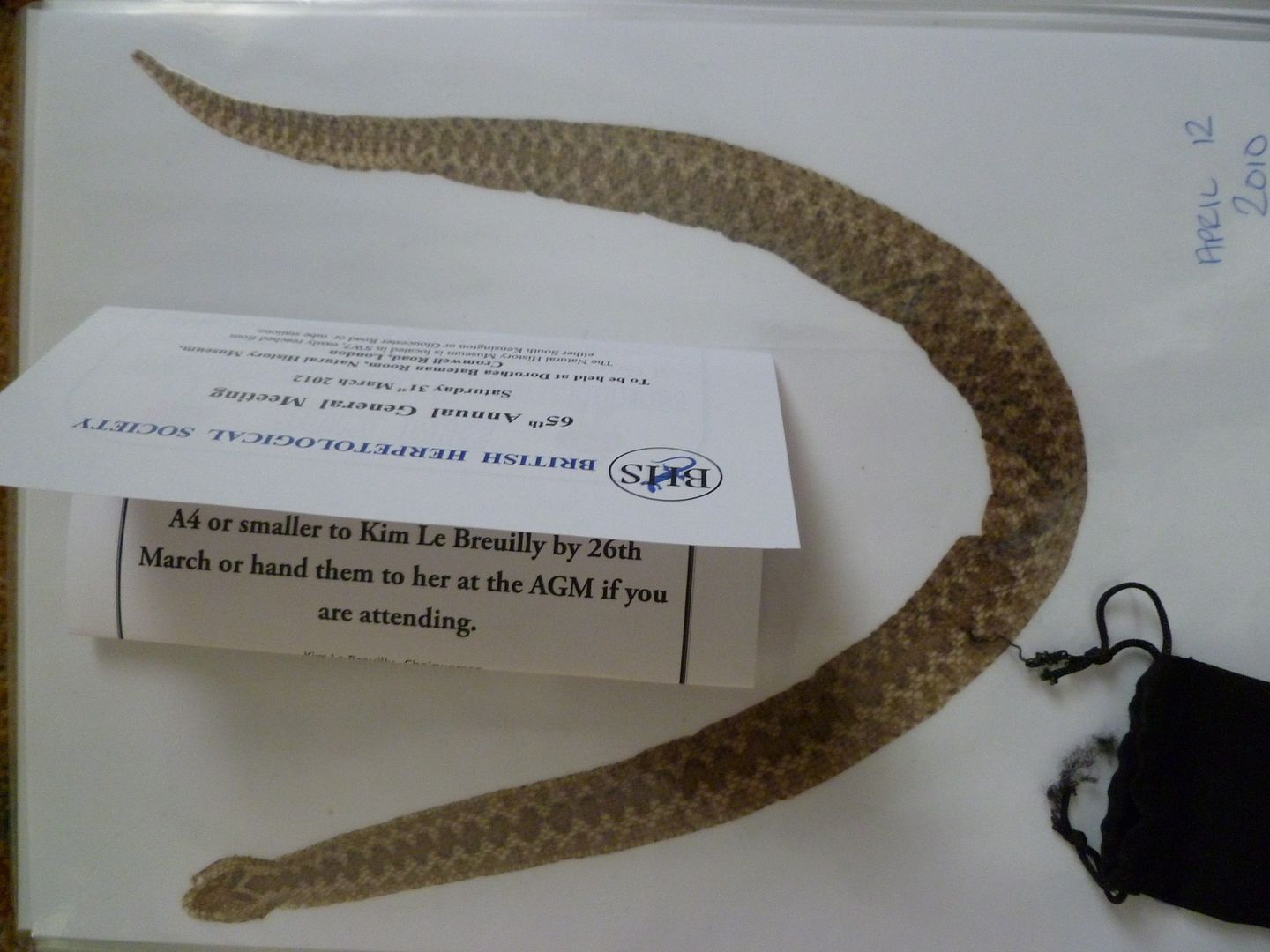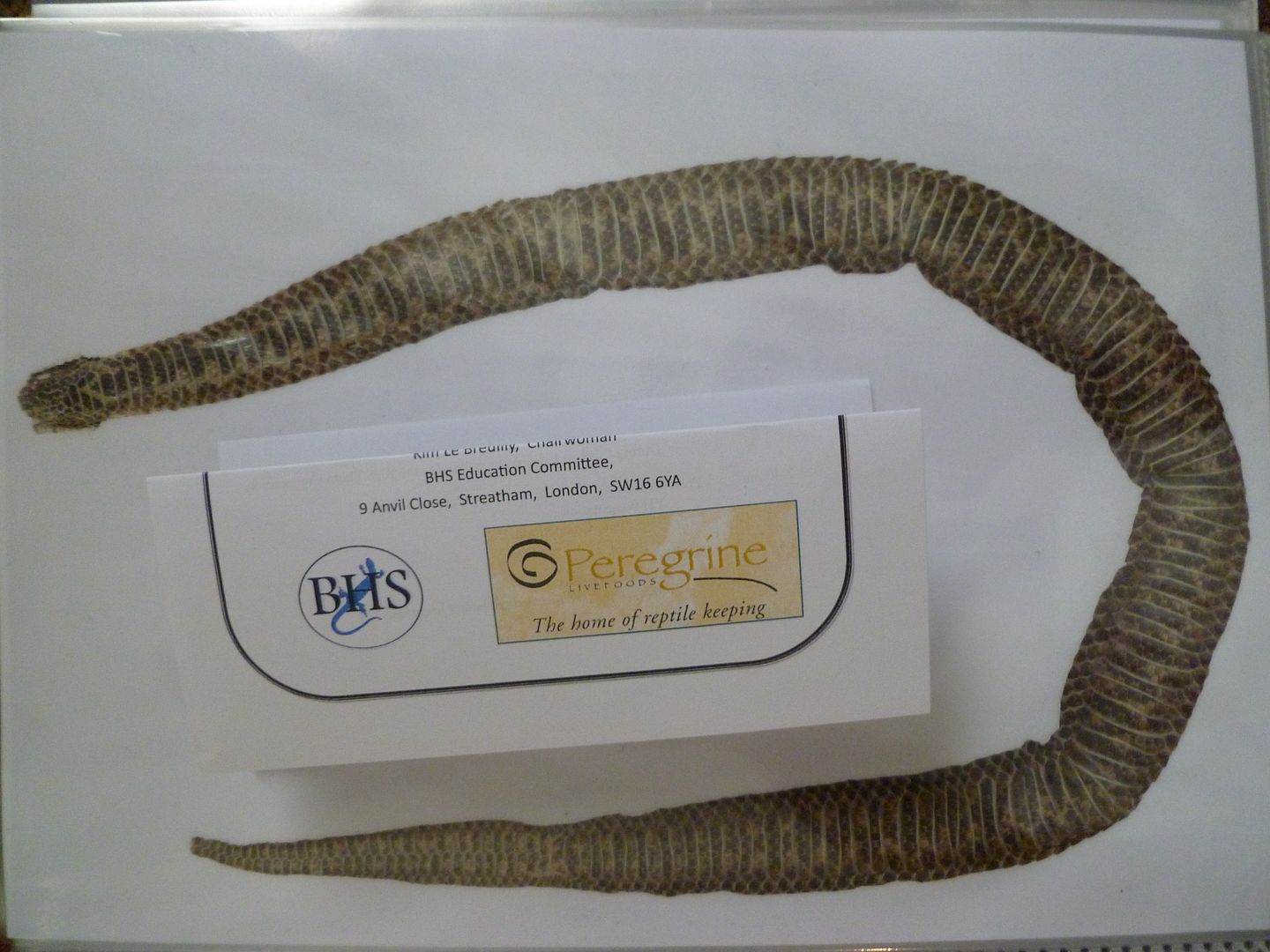Lots of folks ask me how to find snakes, and the answer is complicated and varies from season to season, as well as location. But here's something that is easy to do if you know of an area where snakes are reported to occur. And best of all, this is the perfect time of year to go out and find that sign. It will also put you right up close to the snakes themselves, although that might require more time and honing of your skills and patience. Lowland heathland is the perfect spot.
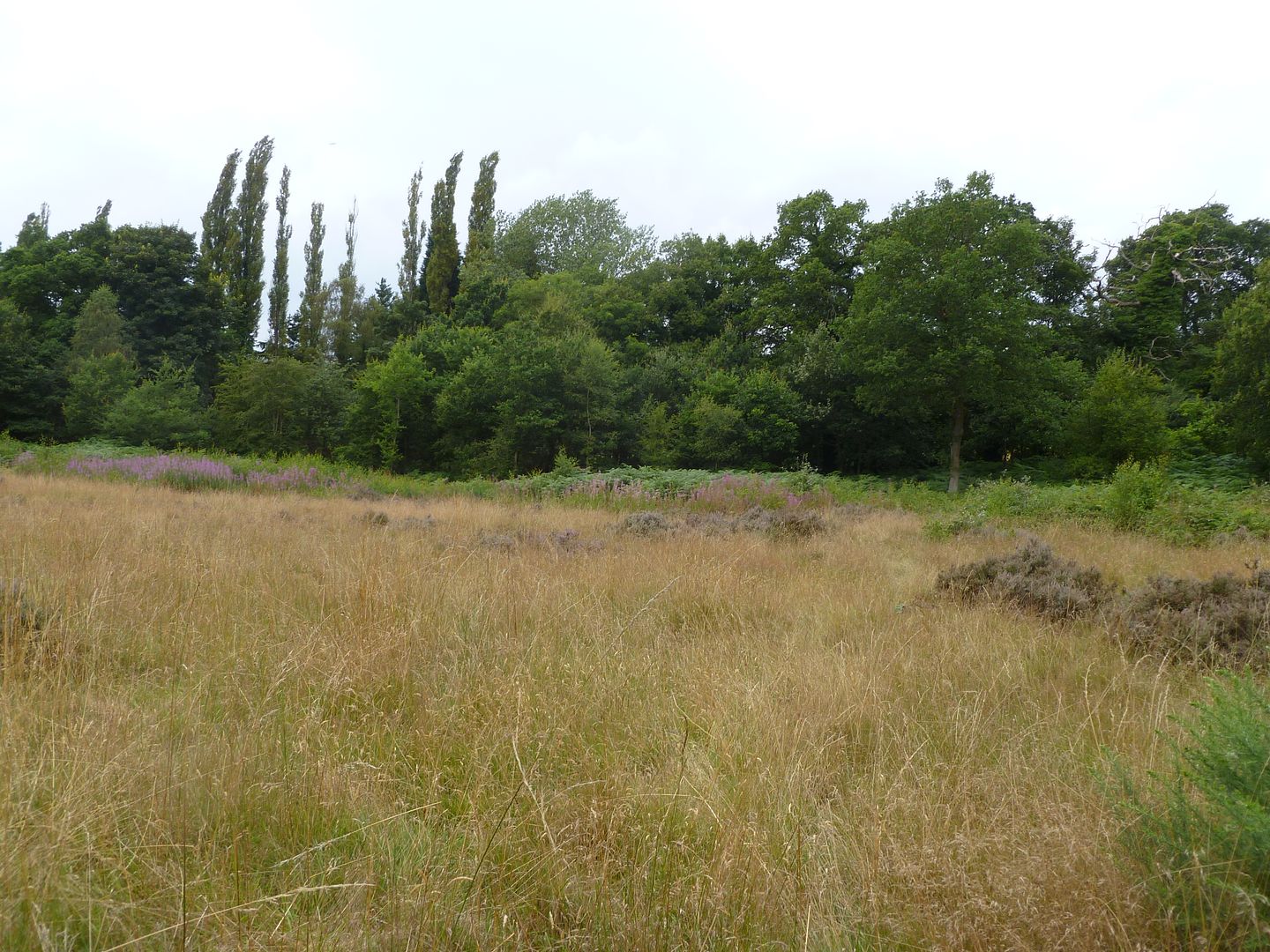
So, this time of year the mating has ended and they are all building up reserves either for birth in the case of the 50% population of females that are about to do that in the next four to eight weeks or so, or in the case of the males, to build up reserves for the winter. In short, they are basking, hunting and eating, basking, hunting and eating and... getting bigger. This means they need to shed their skins as they don't slough dead cells constantly as we do. They do it all in one go. And they are doing it en masse, right now.
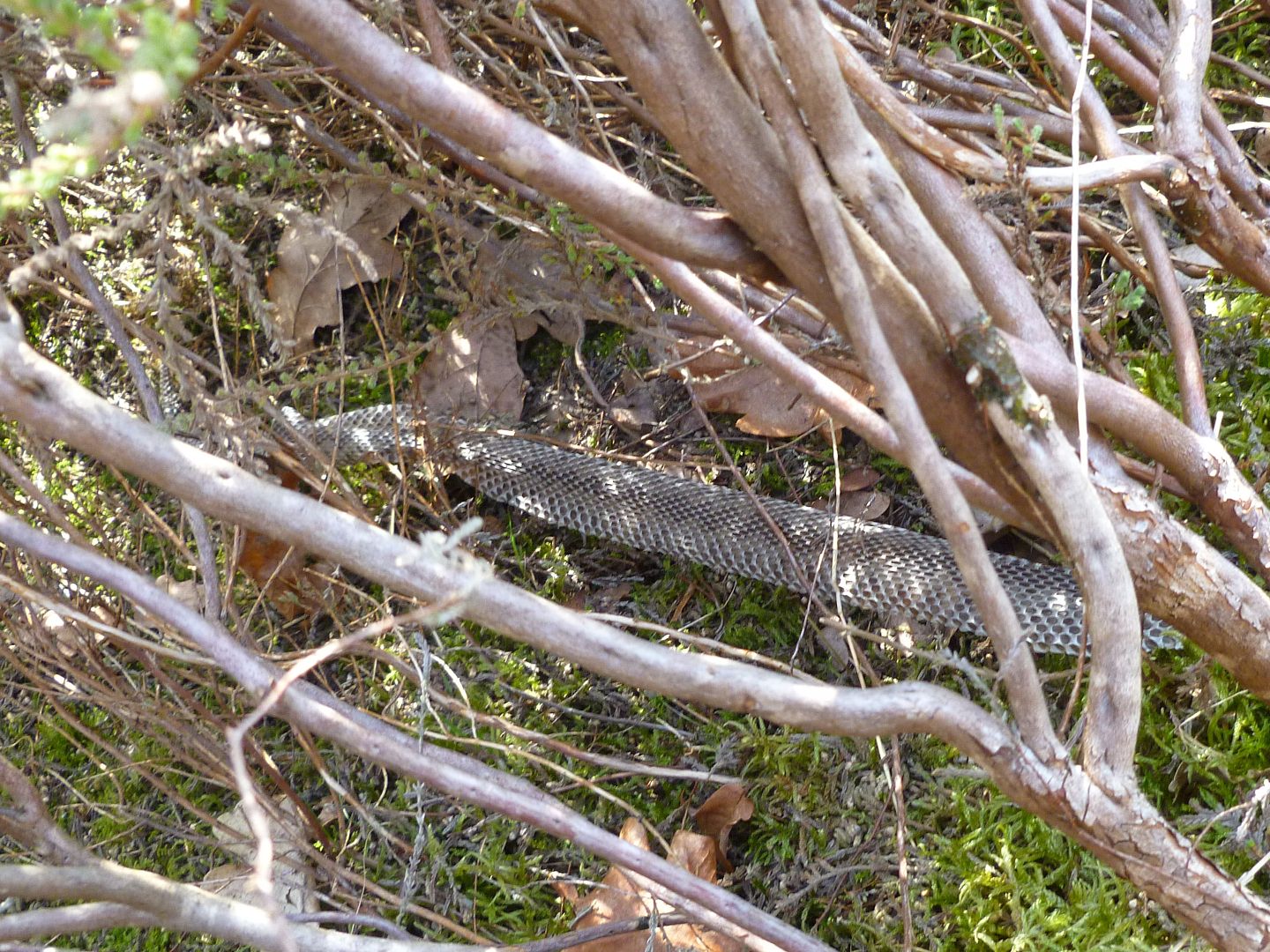
What you need to look for in amongst the vegetation, and usually around tussock grass and heather, is something whitish silver that catches your eye. Best description is like a small but long piece of stretched cling film that looks as though someone has threaded around the strands of vegetation. This is what I found yesterday...
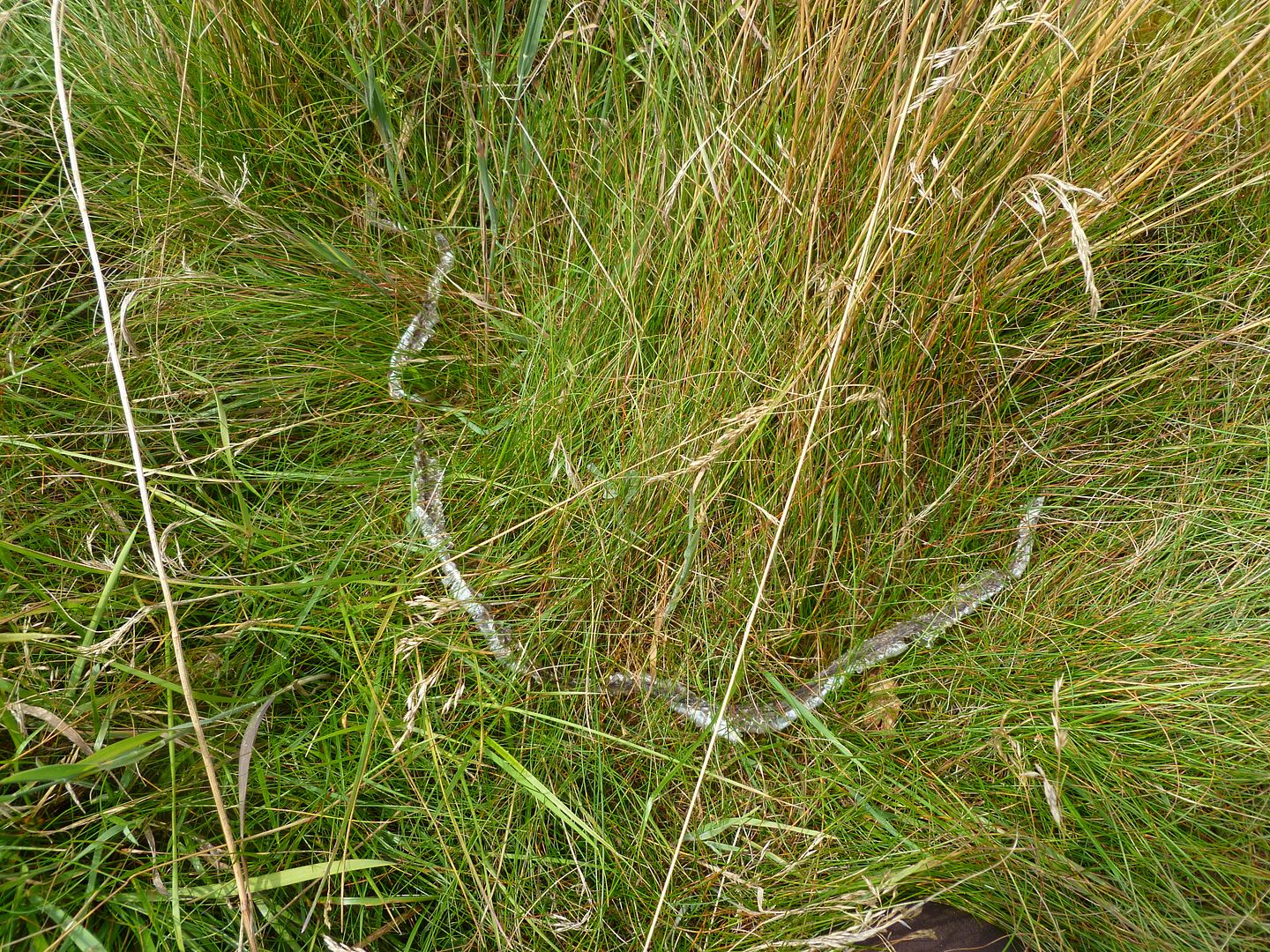
This one is an adders, in fact they all are that I found yesterday and I've carefully parted the tussock grass so you can see it clearly and with my knife alongside so you can judge scale....
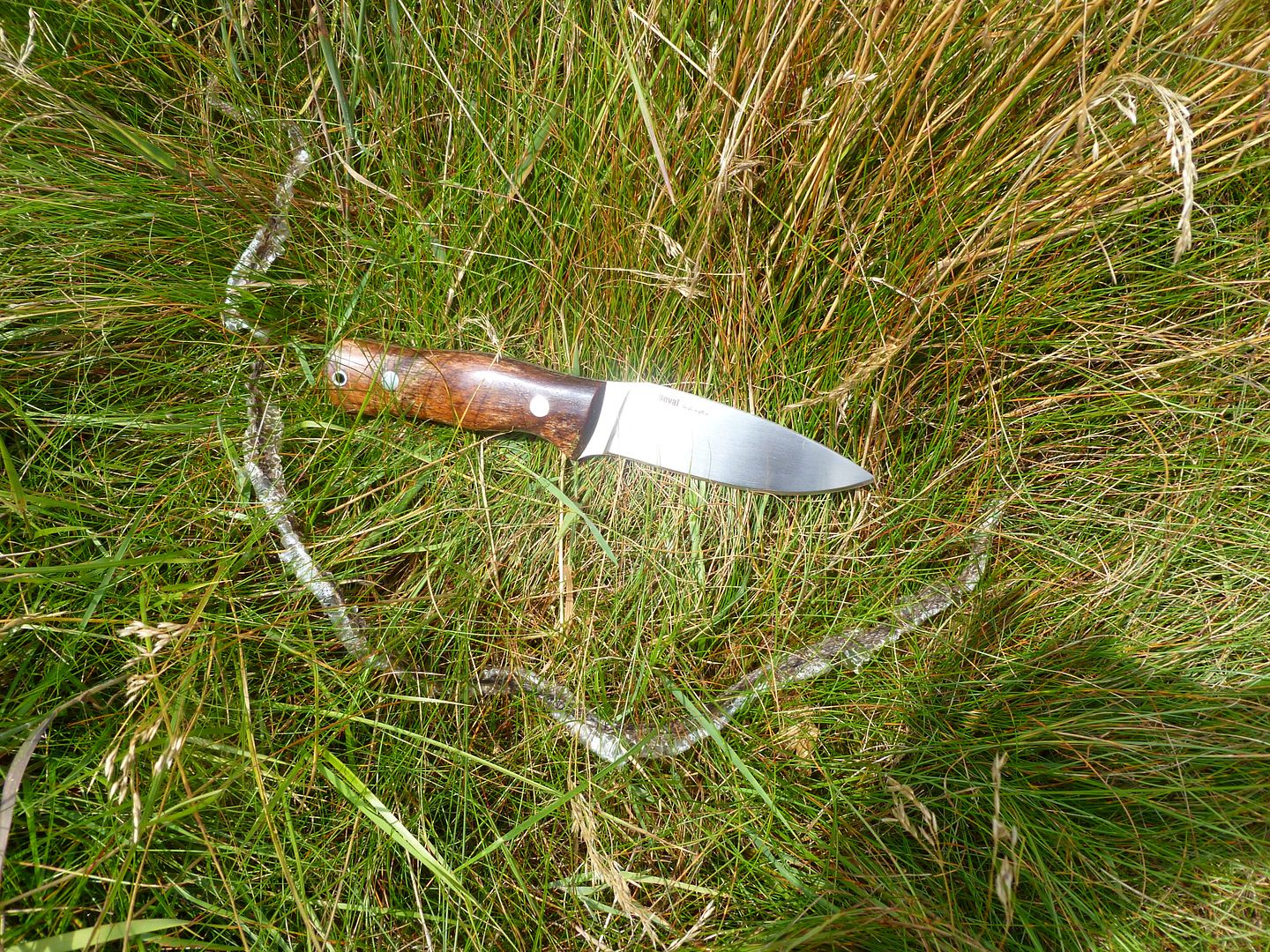
This is another from a large female I've known for nearly two decades...
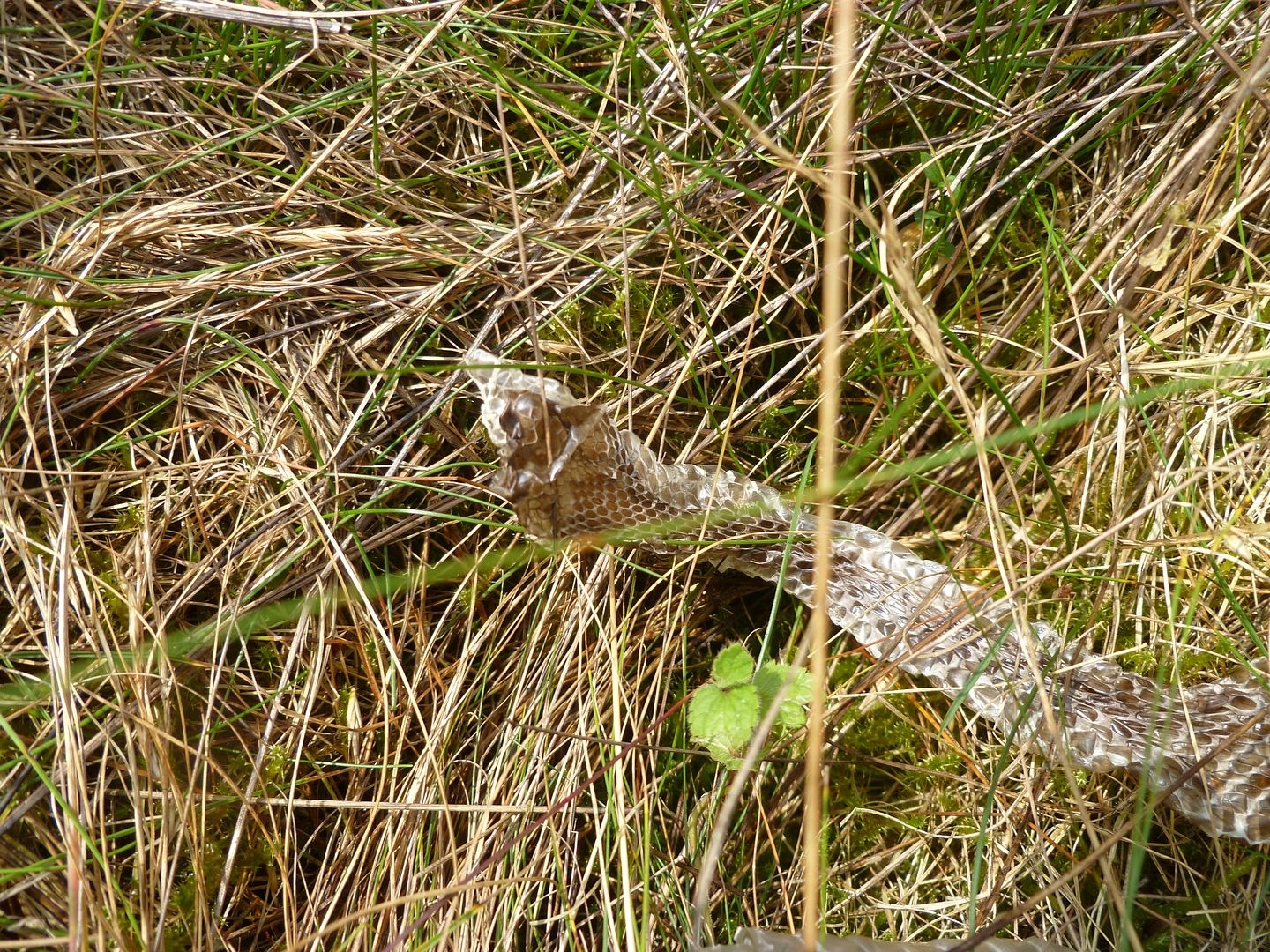


After picking the shed skin up and putting it on top of the heather to dry, I noticed she was basking right by me. Good lesson if you are out hunting, look in the immediate area before exposing and collecting the skin. No fun spending a week in hospital.
She had that brand new unpackaged look. Bright colours that are only present a week or so after shedding. She was too quick for me as she was alert due to the heat and I was messing about right by her for a while.
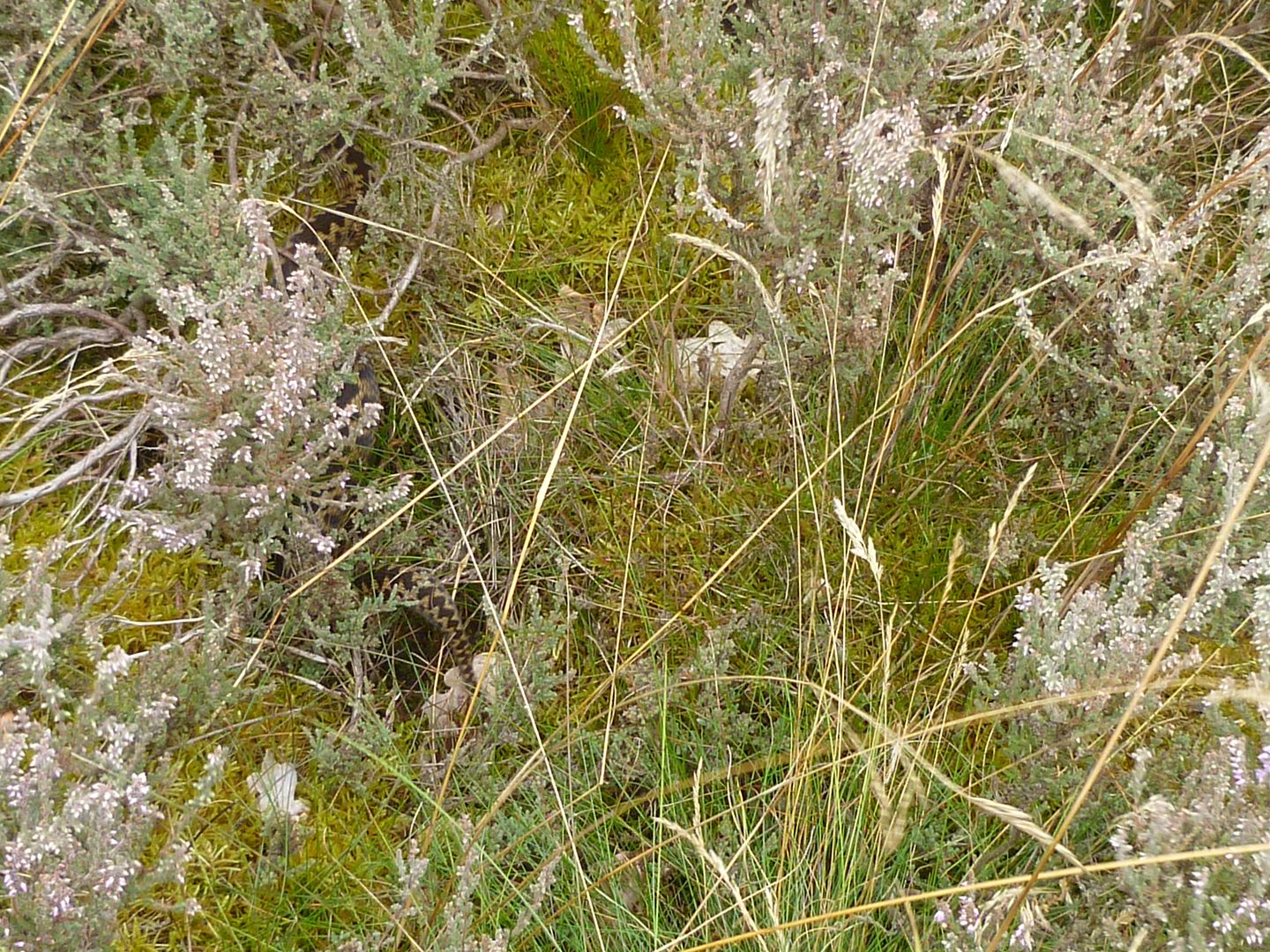
It's amazing with big snakes like that. If you don't scare them off by almost treading on them, they will be back within minutes in the same spot basking. But they will be more alert to your movement. I saw her six times in the space of an hour, but she was too alert for me to take a good picture.
With dew collecting in the early morning and with rain about, the skins get wet and become delicate, so you need to be careful when unwrapping them from the undergrowth. After drying, they are quite tough like tissue paper. And the scalation and patterns can be seen and used to identify species and sex.

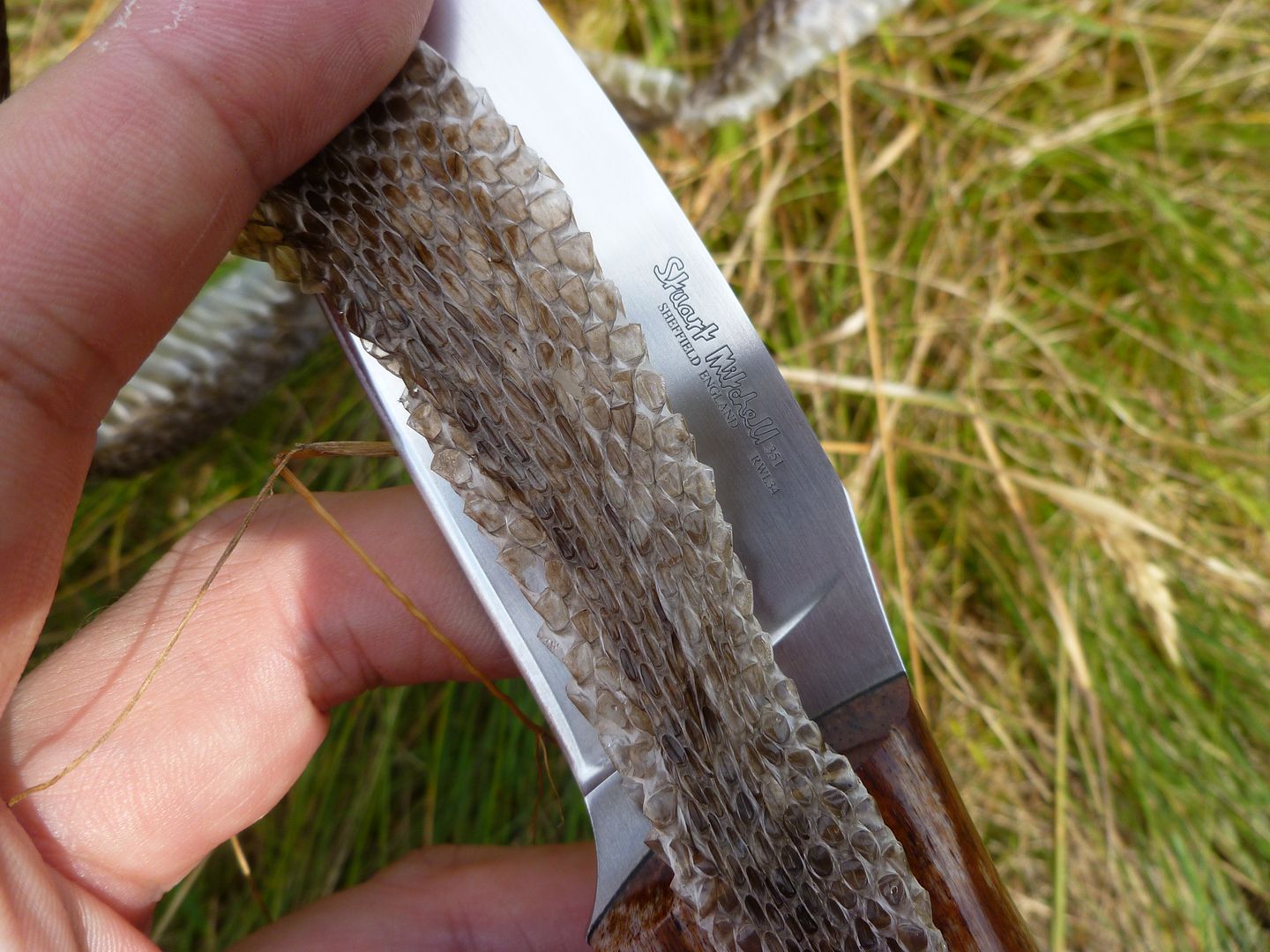
This is a young female I came across within a five metre radius of four skins I found and the large female.
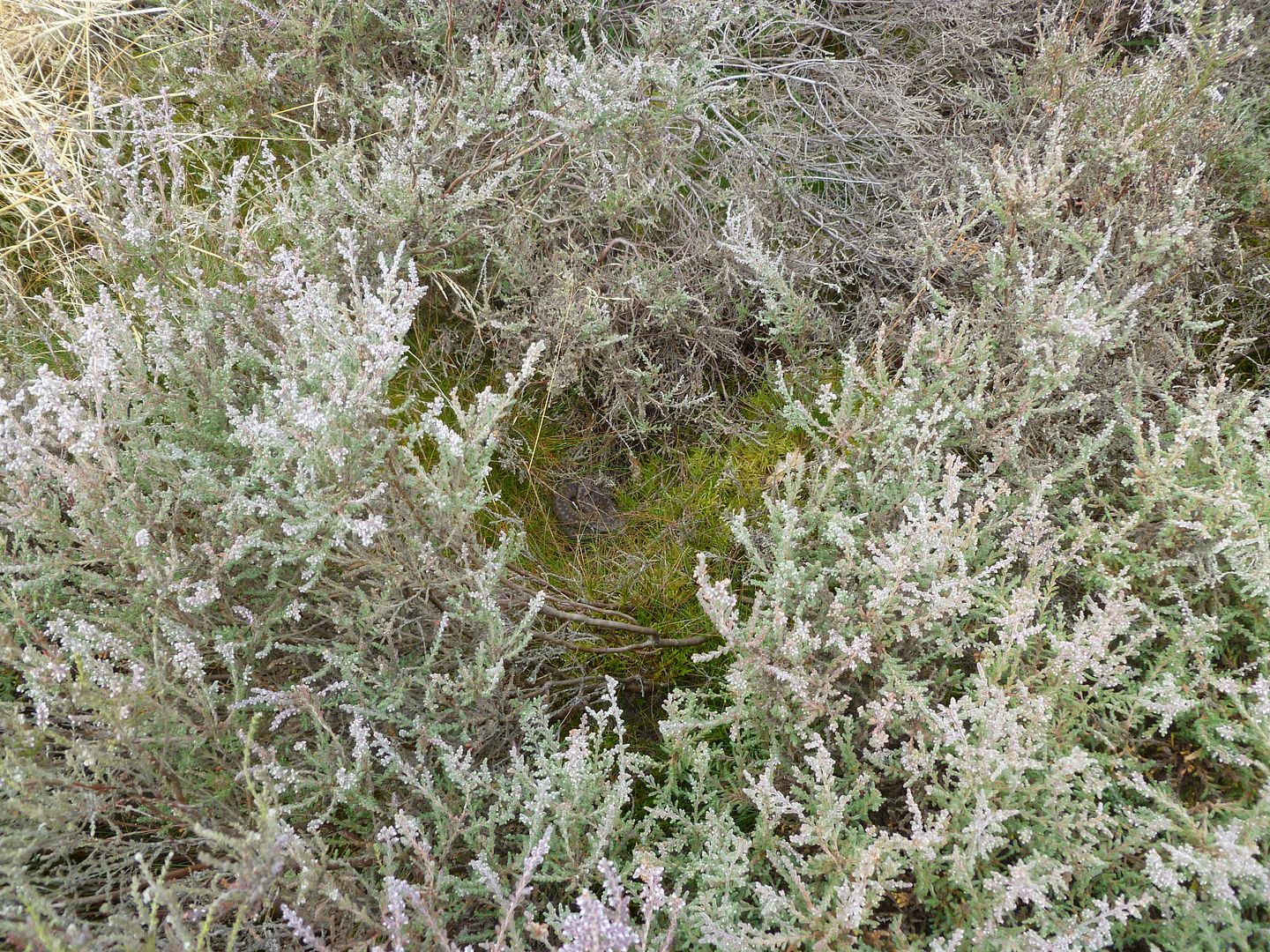

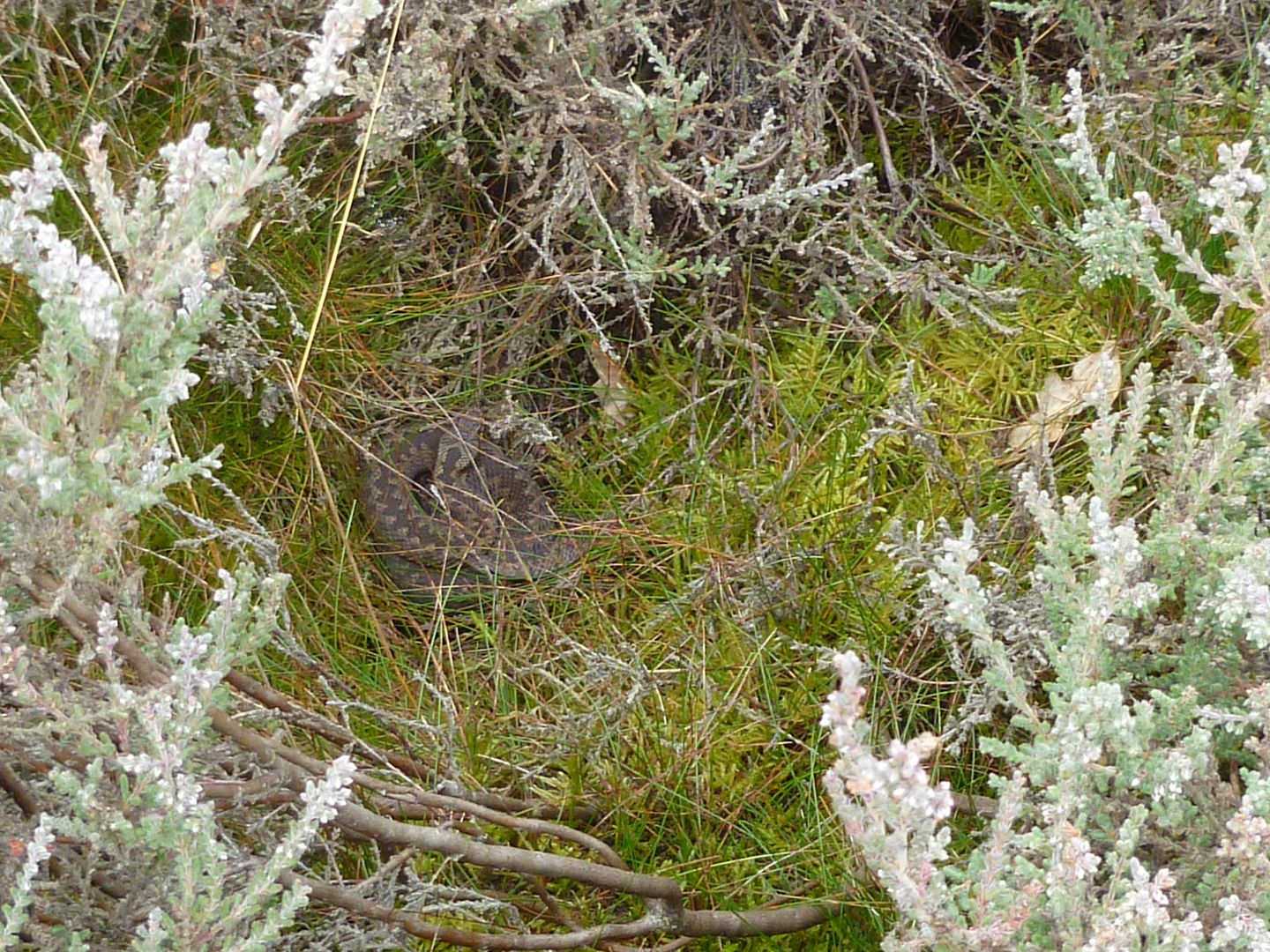
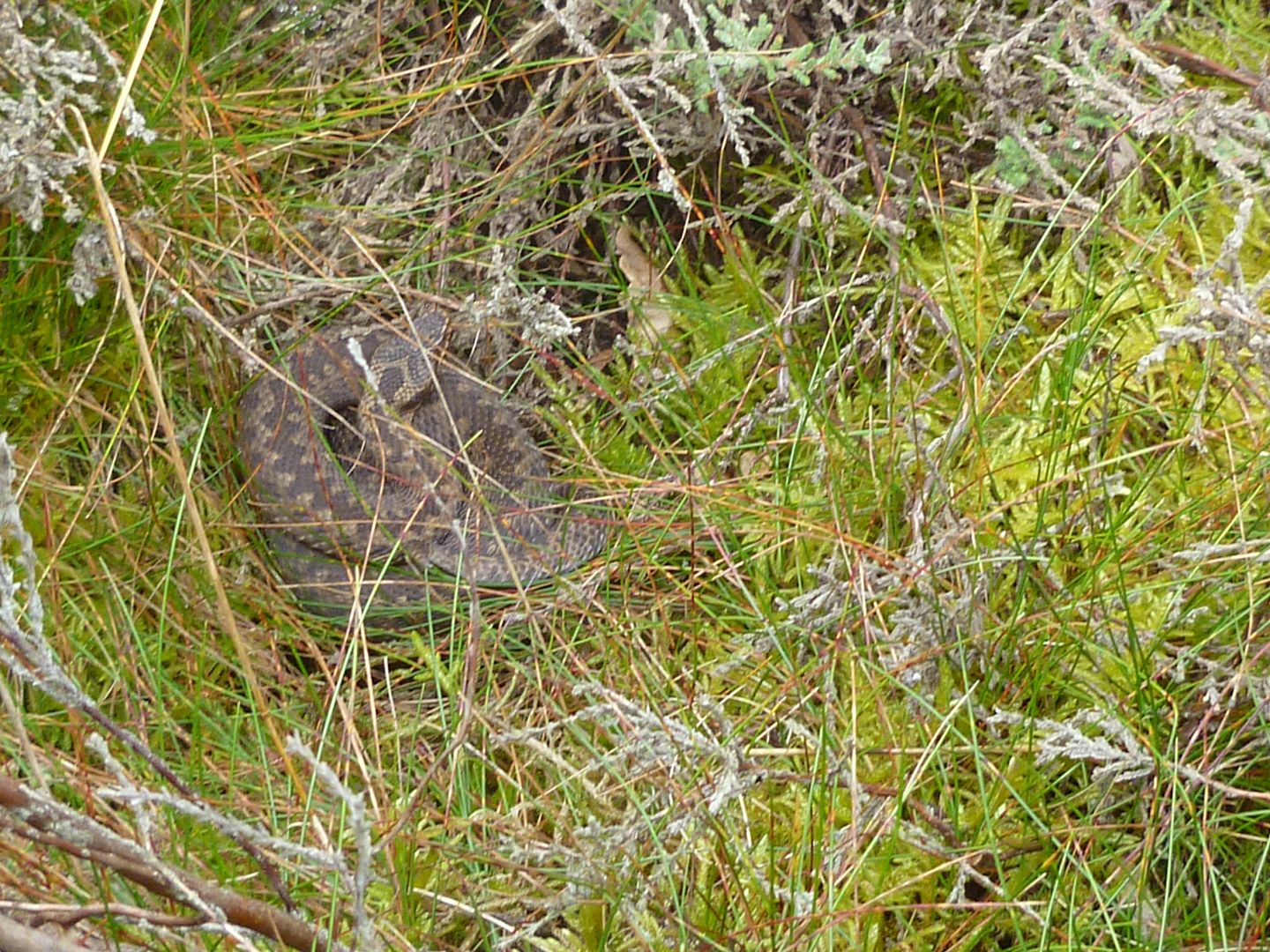
As you can, she's quite a dull opaque brown colour, which means she'll be shedding her skin in the next couple of days. This will happen close to where she is now, and she'll be found basking within metres of the same spot she was in yesterday. I'll try and get some pictures of her then so you can see the difference. But this is her as of Friday 1 Aug...
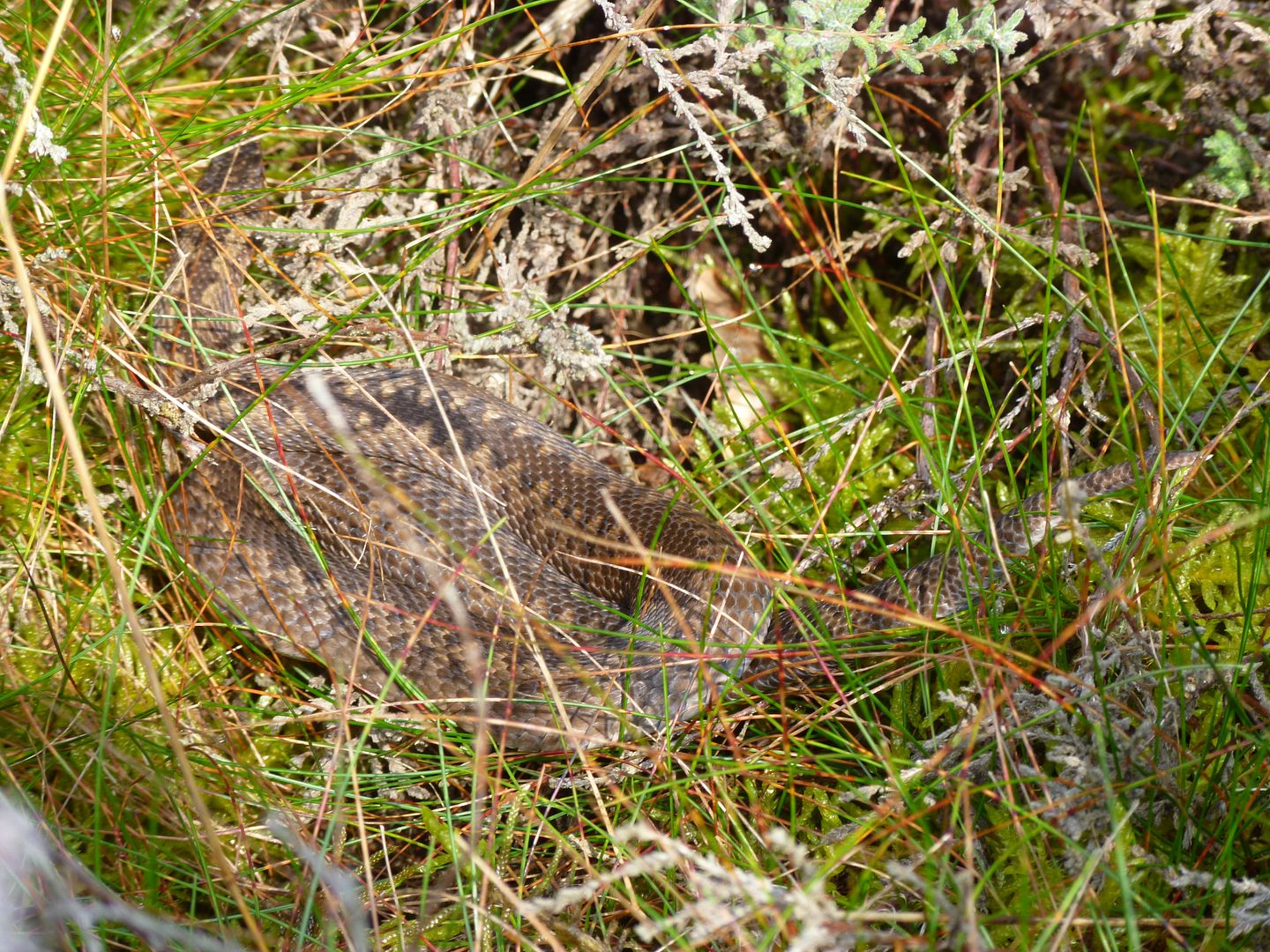
Some amazing detail can be found on these skins.
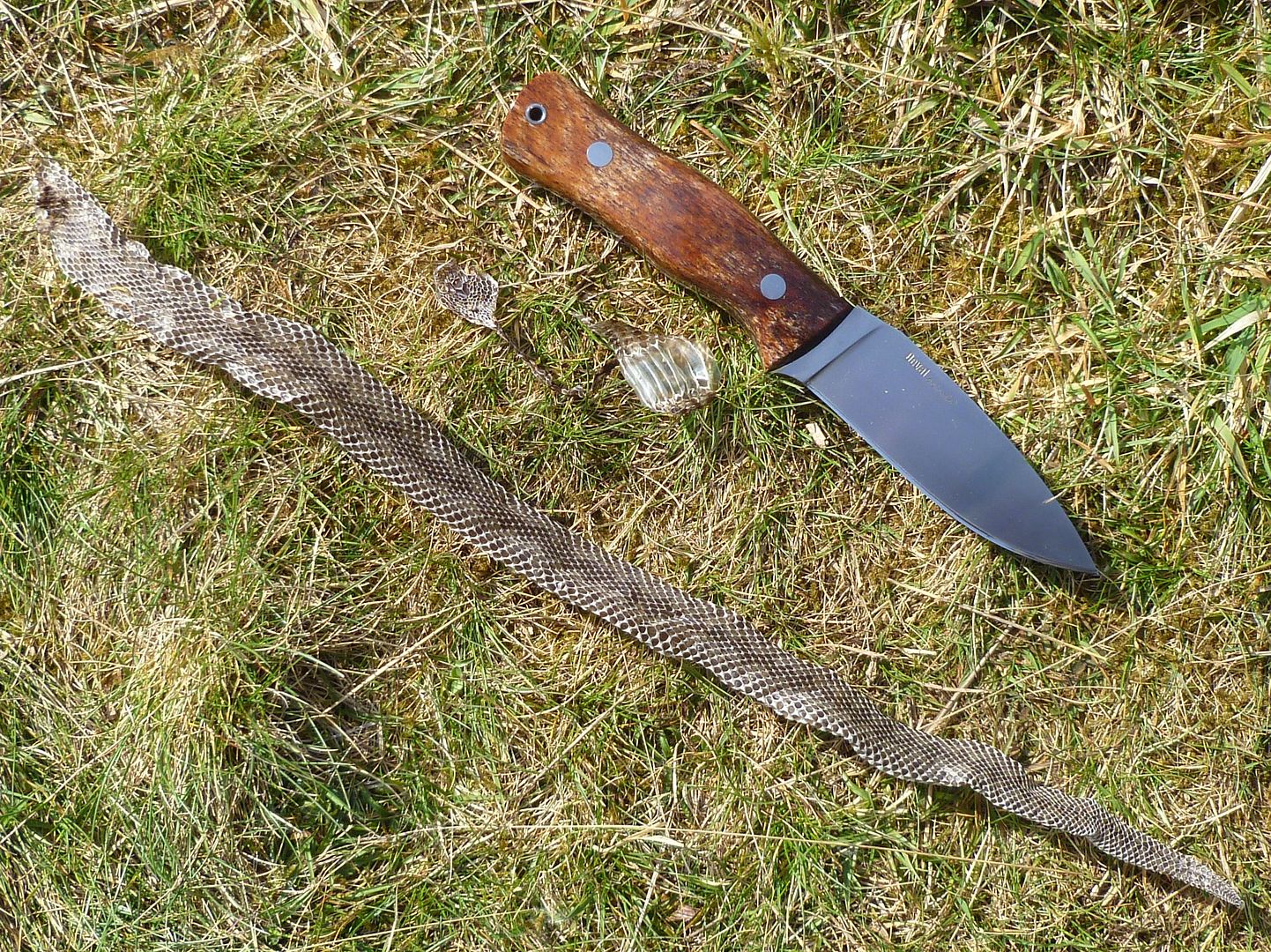
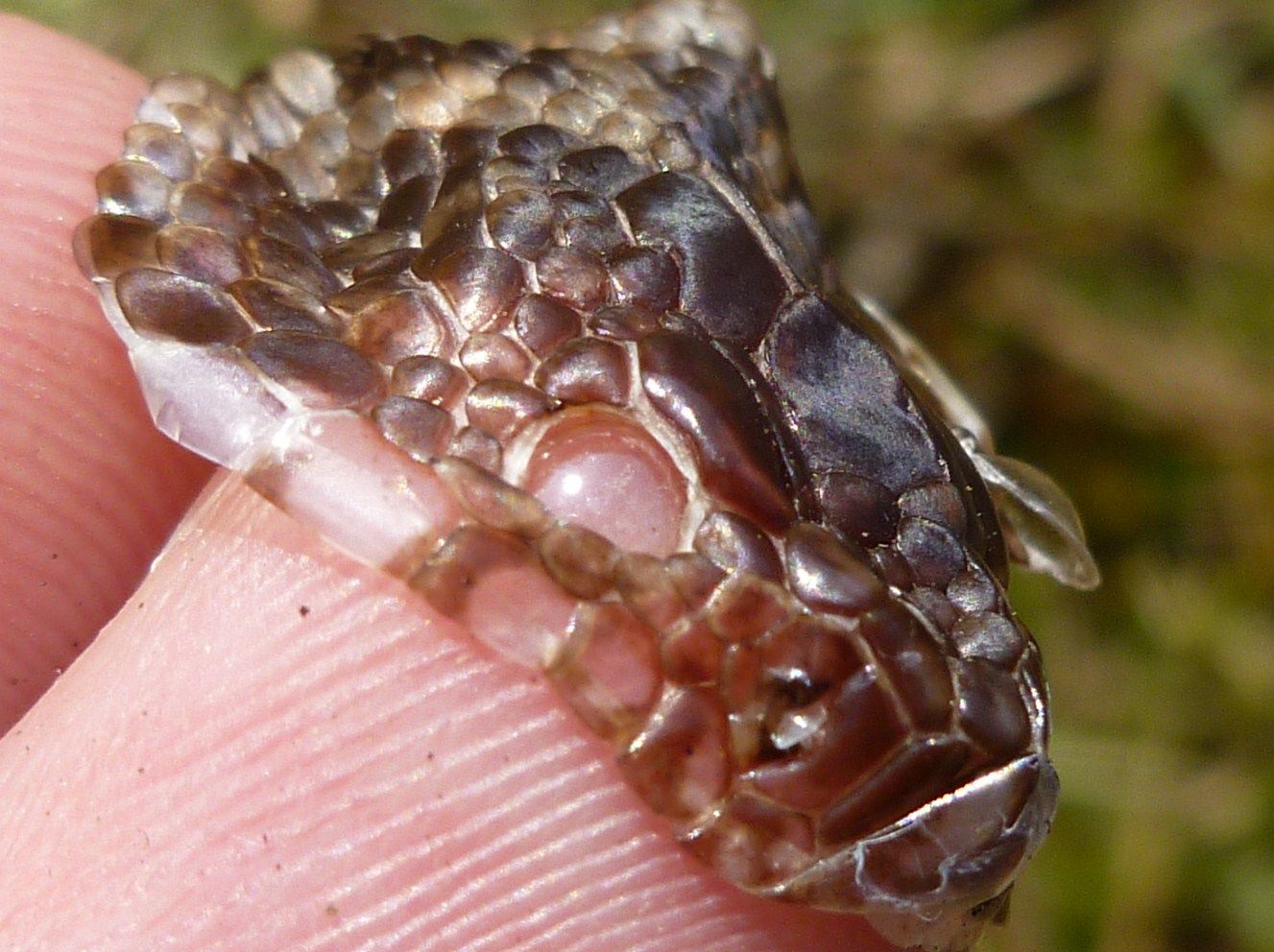
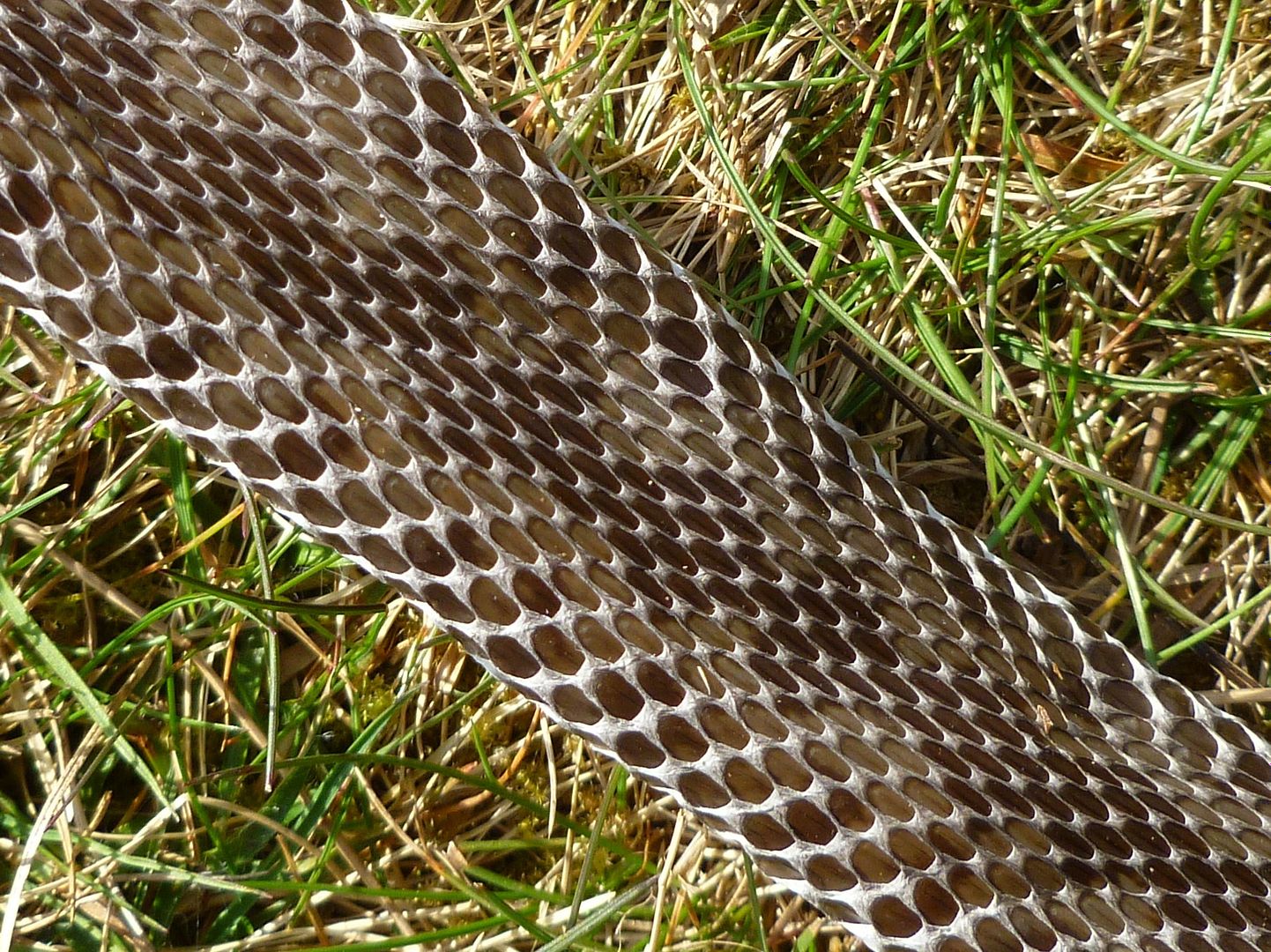
You can also preserve them by gluing them to white paper which will enhance and show the patterns, and then laminate them. this will preserve them forever and allow you to keep them in a folder for future identification. I'll post some pictures up on the results you can get.
It's well worth getting out there and looking for these. They are such rare creatures and this is the best time to find their sign, which is usually nigh on impossible.

So, this time of year the mating has ended and they are all building up reserves either for birth in the case of the 50% population of females that are about to do that in the next four to eight weeks or so, or in the case of the males, to build up reserves for the winter. In short, they are basking, hunting and eating, basking, hunting and eating and... getting bigger. This means they need to shed their skins as they don't slough dead cells constantly as we do. They do it all in one go. And they are doing it en masse, right now.

What you need to look for in amongst the vegetation, and usually around tussock grass and heather, is something whitish silver that catches your eye. Best description is like a small but long piece of stretched cling film that looks as though someone has threaded around the strands of vegetation. This is what I found yesterday...

This one is an adders, in fact they all are that I found yesterday and I've carefully parted the tussock grass so you can see it clearly and with my knife alongside so you can judge scale....

This is another from a large female I've known for nearly two decades...



After picking the shed skin up and putting it on top of the heather to dry, I noticed she was basking right by me. Good lesson if you are out hunting, look in the immediate area before exposing and collecting the skin. No fun spending a week in hospital.
She had that brand new unpackaged look. Bright colours that are only present a week or so after shedding. She was too quick for me as she was alert due to the heat and I was messing about right by her for a while.

It's amazing with big snakes like that. If you don't scare them off by almost treading on them, they will be back within minutes in the same spot basking. But they will be more alert to your movement. I saw her six times in the space of an hour, but she was too alert for me to take a good picture.
With dew collecting in the early morning and with rain about, the skins get wet and become delicate, so you need to be careful when unwrapping them from the undergrowth. After drying, they are quite tough like tissue paper. And the scalation and patterns can be seen and used to identify species and sex.


This is a young female I came across within a five metre radius of four skins I found and the large female.




As you can, she's quite a dull opaque brown colour, which means she'll be shedding her skin in the next couple of days. This will happen close to where she is now, and she'll be found basking within metres of the same spot she was in yesterday. I'll try and get some pictures of her then so you can see the difference. But this is her as of Friday 1 Aug...

Some amazing detail can be found on these skins.



You can also preserve them by gluing them to white paper which will enhance and show the patterns, and then laminate them. this will preserve them forever and allow you to keep them in a folder for future identification. I'll post some pictures up on the results you can get.
It's well worth getting out there and looking for these. They are such rare creatures and this is the best time to find their sign, which is usually nigh on impossible.

